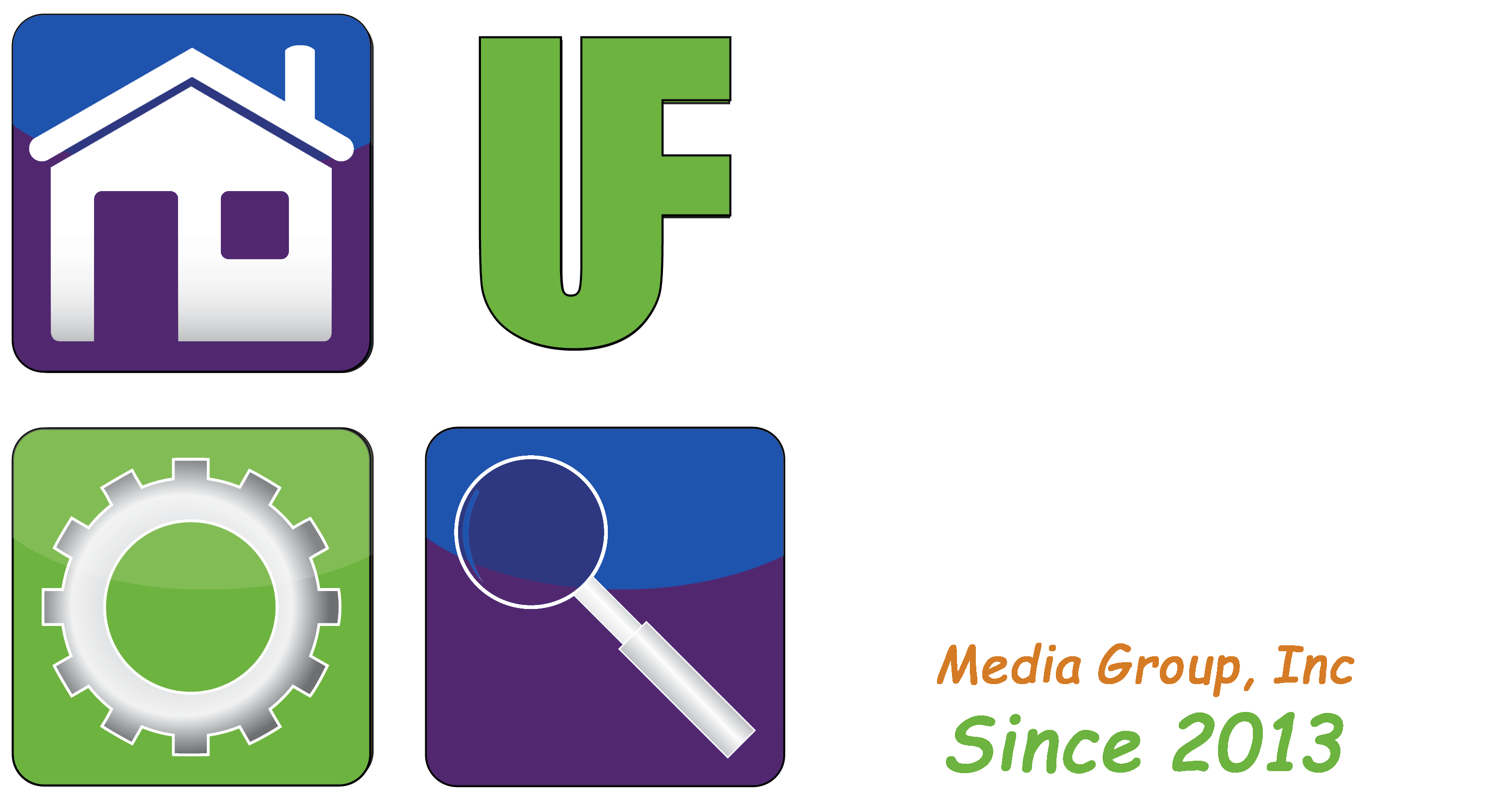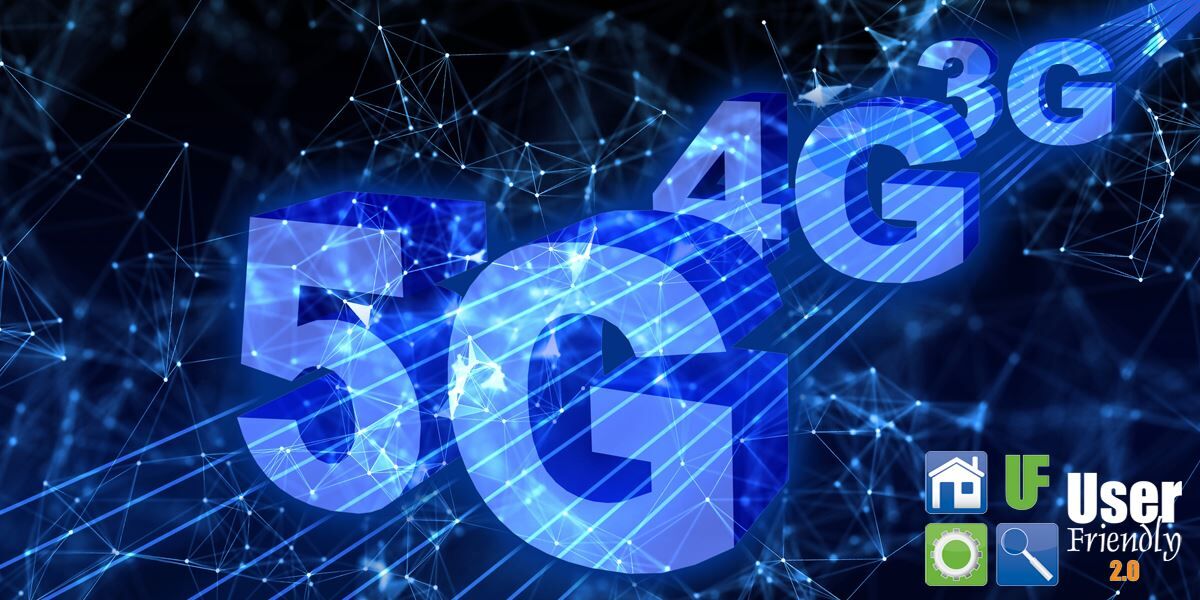By: William Sikkens
Host, User Friendly 2.0 Saturday’s at 5:00 p.m.
This week’s “Tech Wednesday” comes from a listener question. The question? “Can you explain 5G?”
You may have seen in technology news the discussion of a new “standard” called 5G. In most cases it’s discussed in relation to mobile phones, so the fact that many are confused is understandable and to be expected. The reason being is this isn’t actually one standard.
5G is the next progression in the wireless data network that is used, among other things, to provide Internet access to our smartphones. The “G” stands for Generation. This term has been used since the third generation (3G) of wireless data networks.
Each new generation primarily expands the speed and capacity of mobile data. Prior to 5G wired networks offered greater speeds and lower latency. Latency is the amount of time that passes from when a data request is made to the time the server responds. When you request a web page your computer transmits that request to a server. The server then sends you the page you requested. The time to make and receive the request is referred to as latency.
Mobile wireless networks not only power smartphones but are used for a variety of applications. This includes data connections in newer cars to resources like emergency services that work in remote locations. WiFi, while faster and also wireless, has a much smaller footprint. This is a main reason why mobile wireless networks are used.
By this description 5G is the next generation of mobile data. Therefore it will be faster and have more capacity. Well, sortof…
There are several reasons why the use of the term 5G is confusing. The first is that the actual standard is still being developed. As such there are multiple subversions of 5G. None have been “adopted” yet. Some versions of 5G have greater range but slower speeds. Others are the opposite.
In addition to conflicting subversions, AT&T has been using the term 5Ge to market some of its phones. They explain this to mean “5G Evolution”. AT&T’s 5Ge is in fact an advanced version of the current 4G standard (LTE) – and one that all the major phone providers already offer.
Another confusion point is 5Ghz WiFi. This is not 5G Cellular or mobile. They are two completely different things.
Actual 5G networks, when up and running with full coverage available, may be anywhere from 10 to 100 times faster than LTE (4G) networks. AT&T is working on true 5G, but it is not the same as the 5GE network being advertised. Technically, 5G is theory, real word comparisons follow below.
DIG DEEPER:
Speed and capacity are the biggest differences between 5G and older wireless networks. The biggest change we will see is that 5G, when available, will be able to offer the same speeds we currently require wired networks for. This may eventually offer a viable alternative to Cable and Fiber/DSL type Internet without the wires.
In theory 5G will be able to reach speeds about 20 times faster than 4G LTE. To put this in numbers current 4G is capable of about 10MB per second. 5G can provide about 100 MB per second. To give some real world comparaisons a high definition television stream requires about 5 MB per second.
If you want to purchase a 5G ready phone it’s important to understand the differences. As an example Samsung offers several 5G ready phones. The Samsung Galaxy S20, S20+ and S20 Ultra all have versions that support 5G. Only the S20 Ultra can support the higher speed version of 5G. The S20 and S20+ don’t.
5G has also been subject to recent conspiracy theories online. The claim is that the use of 5G has spread the COVID-19 Coronavirus. This has led to a point that arsons started burning down cell towers in the UK and other places. Research shows that this idea comes from a map that shows a similarity with the deployment of 5G and the spread of COVID-19. This comparison is coincidental because the initial installation areas for 5G are in the more densely populated cities. COVID-19 also spreads in populated areas. While there may be areas of concern for things like increased RF energy, there is no connection between 5G and the virus.
We will have to wait and see if the investment in 5G is worthwhile and if it will reach the promised potential.
William (Bill) Sikkens has been an on-air technology expert since 2014. With an expertise in I.T., cyber security and software design he has had more than 20 years’ experience with advanced technology. Sikkens conceptualizes and designs custom applications for many professional industries from health care to banking and has the ability to explain the details in a way all can understand. Article edited by Gretchen Winkler, who along with Jeremy Winkler are the co-hosts of User Friendly 2.0 here on The Answer Saturday’s at 5:00 p.m.
Links and brand/store information provided are for information only and are not endorsed by Salem Media Group, KPAM or the shows hosts
Got a technology question or comment for Bill? Follow him on Twitter @sikkensw


